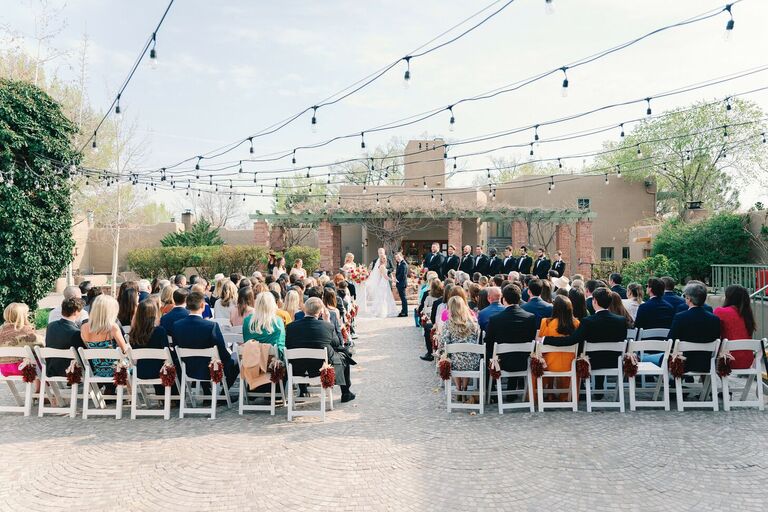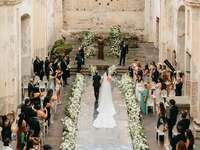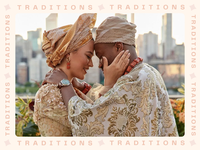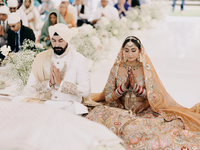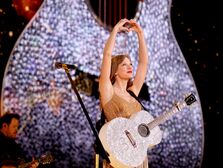What Side Does Each Family Sit On During the Wedding Ceremony?
Your happiest, biggest day is the culmination of months of dreaming and planning. As you imagine yourself standing face to face with your partner, exchanging vows, where are all of the people who helped you arrive at this moment? What side does each family sit on during the wedding ceremony? While there are traditions across many religions and cultures, generally speaking, it's a decision for you and your soon-to-be spouse. Here, we explore the various options and provide suggestions on wedding ceremony seating to ensure you are surrounded by those you hold most dear on your wedding day.
In this article:
- Does It Matter What Side You Sit On at a Wedding?
- What Side Do the Bride and Groom's Families Sit On?
- Traditional Ceremony Seating Alternatives
Does It Matter What Side You Sit On at a Wedding?
While we can ask as many experts as we'd like—the answer is always going to be up to the happy duo. Generally speaking, guests should look for signage or directions from an usher or staff member to figure out if there's any particular seating protocol, explains officiant Katherine Hunter.
"If there is any such guidance, politeness demands that a guest follow it. Weddings are big events, and if the couple has specified seating, guests should assume that it matters to the couple — a lot," she continues. "Guests should avoid taking a seat in the front row unless they are immediate family members or have been told to sit there. And it's considerate to leave aisle seats available in case a reading is given by a guest, who will appreciate not having to climb over anyone to get to the microphone."
What Side Do the Bride and Groom's Families Sit On?
When deciding how everyone will be seated for your big day, looking at various customs can be helpful for you to explore. Here, Hunter shares the most well-known and followed.
Traditional Western Culture
For couples who want to follow tradition, it's simple if it's the Christian tradition they're interested in. "This tradition still has a huge influence on Western culture, and it dictates that—when facing the ceremonial space—the bride's family and friends were seated on the left while the groom's guests took their seats on the right," Hunter explains. Some believe this tradition comes from earlier times when men and women sat on opposite sides of the aisle during Christian worship services.
Another way to think about it is wherever the bride or groom stands at the altar, their family and friends are by their side.
Muslim Weddings
Rather than sitting on one side based on how you know the couple, some religions dictate arrangements by gender. In some Muslim weddings, men and women occupy separate rooms for both the ceremony and the reception, regardless of which partner they know or are related to, Hunter says.
Jewish Weddings
At Jewish weddings, the groom's side will typically sit on the left and the bride's side on the right when looking toward the altar. However, at Orthodox Jewish weddings, guests aren't seated by "sides" but men and women will sit separately during the ceremony (and reception, too).
Buddhist Wedding
If invited to a Buddhist wedding ceremony, guests may be expected to remove their shoes, but seating is likely unassigned, Hunter says. The only ritual to follow as a guest is to pay attention to a Buddha statue. If you see one, it's of utmost concern that the soles of the feet never be pointed at the statue, she adds.
Sikh Wedding
Guests will likely be expected to take their shoes off at Sikh weddings as well, and observant Sikhs will be seated separately by gender, Hunter says. "The same respect shown to a Buddha statue at Buddhist weddings should also be shown to the Sikh holy book," she continues. "Never allow the soles of your feet to point towards it. Non-Sikh guests may be seated in mixed-gender groups, but there isn't likely to be a bride's or groom's side."
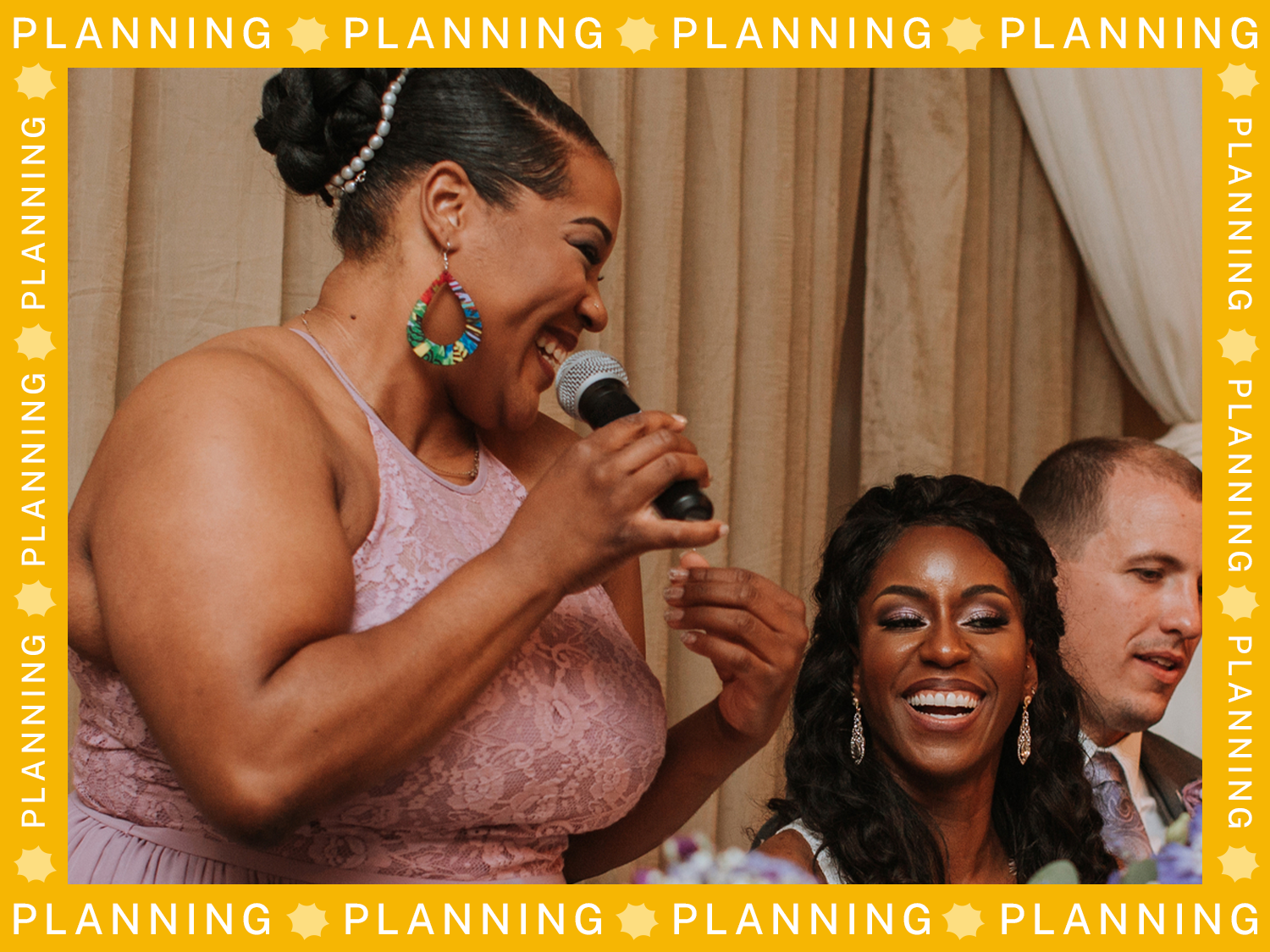
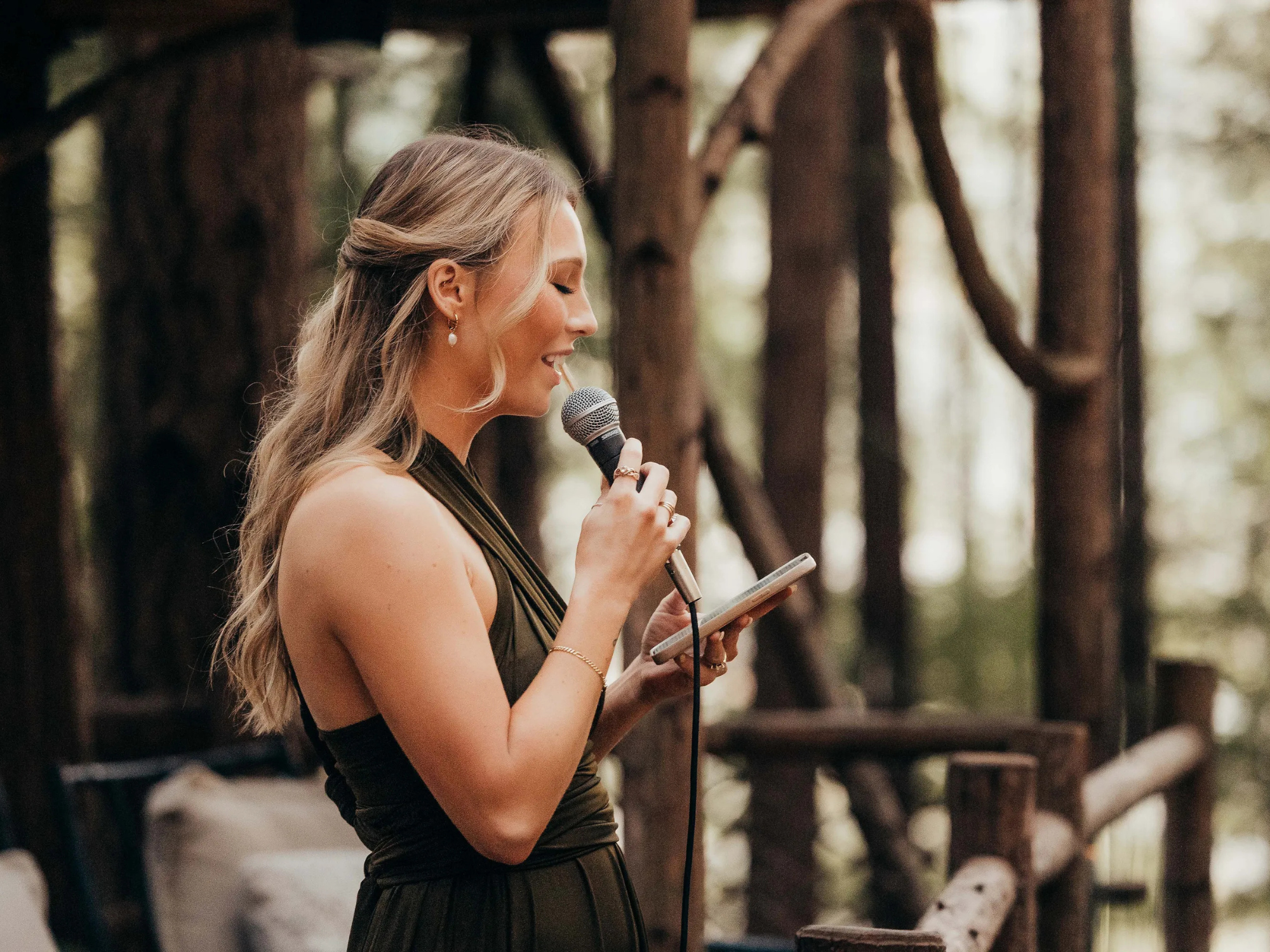
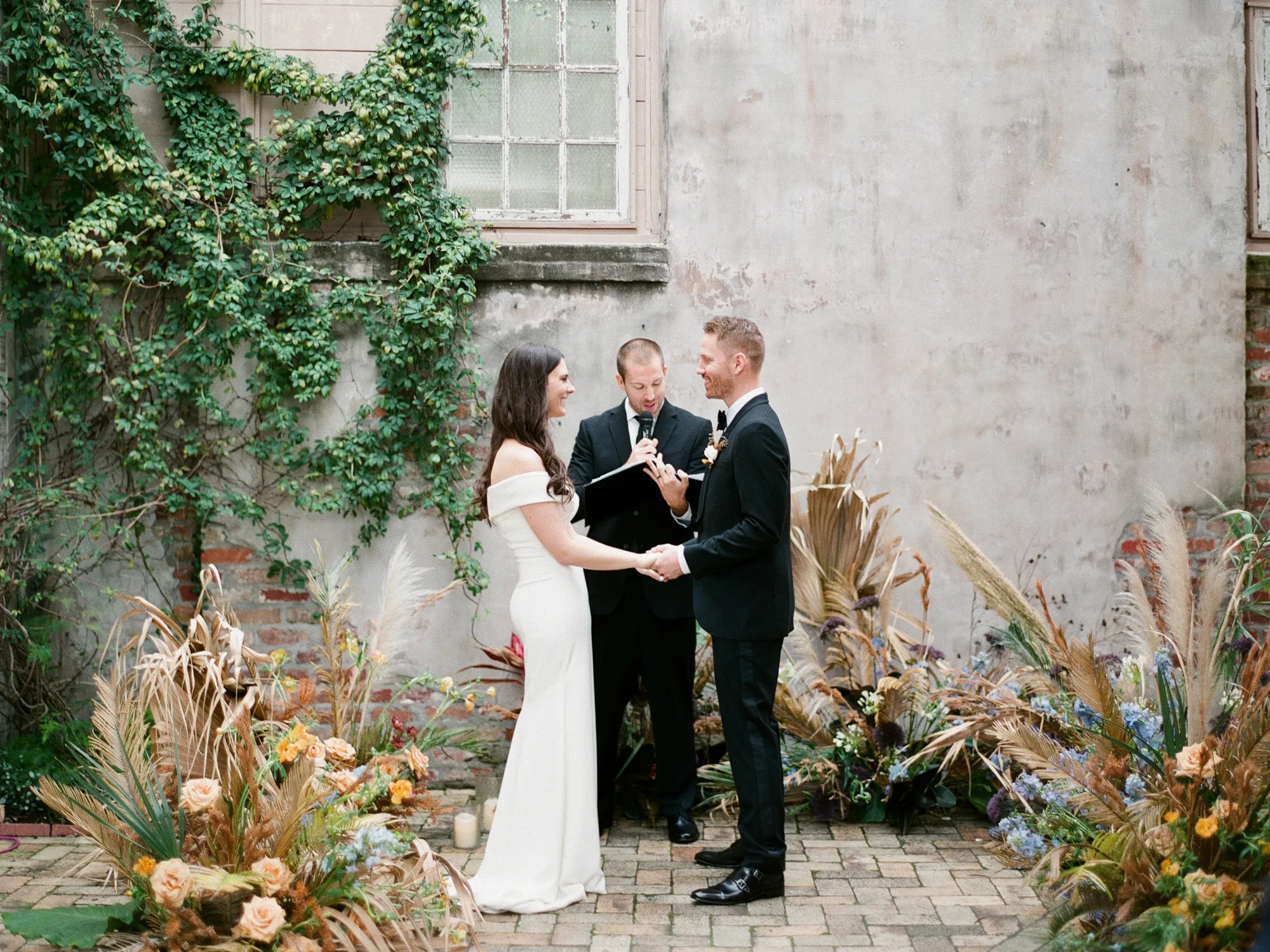
Hindu Weddings
Hindu weddings are often lavish, multi-day affairs with hundreds of guests, and if you are invited to the ceremonial part, you will almost certainly be shown where to sit by an usher, Hunter says. The same will be true for the reception—so you won't need to worry about what side to sit on. The family often decides based on connection, relation and other factors.
Orthodox Christian Wedding
Hunter says Orthodox Christian weddings occur in churches, and there may not be any seating! "Where there is seating, some couples will specify separate areas for the bride or groom's family and friends, although this is not universal," she notes.
Japanese Weddings
At Japanese weddings, Hunter explains seating arrangements are governed by seniority and social ranking of the guests rather than by gender or a connection to one or the other marrier. The less you know the couple—the better your view will be. Yep, you read that right!
"Paradoxically, the closest family members of the couple may have the 'worst' seats because, as hosts, they are obliged by custom to put their guests' comfort ahead of their own," she continues. "Because younger friends of the couple without much seniority may end up seated next to the couple's families, this can end up as a demonstration of how close they are to the couple—close enough that they will not take any offense from their seating assignments."
LGBTQIA+ Weddings
As a wedding officiant who fully embraces LGBTQIA+ couples, Hunter is sensitive to the challenges these couples face as they plan a wedding, particularly their ceremony.
"There are many points that a wedding officiant must handle with respect and consideration towards identity and orientation. Fortunately, in my experience, LGBTQIA+ couples are far more interested in the 'excited-to-do' than 'supposed-to-do,'" Hunter continues. "So when it comes to the seating of their guests, every one of my queer couples has subscribed to the 'sit where you like' school of thought. From what I've seen, seating traditions just don't seem to rate high on their list of concerns."
Traditional Ceremony Seating Alternatives
If you don't want to follow the traditional ritual from your religion or cultural background, many seating alternatives provide a unique and memorable guest experience.
Hunter says the "pick a seat, not a side" sign shows up at many weddings these days, reassuring and saving guests from having to ask. And ignoring traditions completely and changing them up for something amusing and unique is another completely valid choice. Some ideas from Hunter include:
- Partnered on one side, singles on the other.
- Cat people and dog lovers are on opposite sides.
- Yankees fans on one side, and Red Sox die-hards (or other sports rivalries) on the other.
- Have guests commit to which signature cocktail they'll enjoy during cocktail hour by placing 'coupons' for those drinks on random seats.
"Seating that nudges guests to mingle in unexpected ways is a great way for a couple to have strangers become friends at their wedding," she says. "Encouraging a fun, alternative seating rubric will require extra planning and effort. A very traditional family member might take some offense. But most guests are gracious at weddings, and everyone likes to be gently entertained. Adding an element of whimsy to the ceremony will likely be welcome and memorable."
